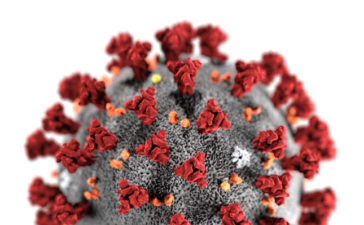 London : Obesity and poor nutrition in mothers during pregnancy can affect the egg reserves of their female children, which can increase the risk of fertility problems, a study has found.
London : Obesity and poor nutrition in mothers during pregnancy can affect the egg reserves of their female children, which can increase the risk of fertility problems, a study has found.
The researchers claimed this understanding to be the first step towards devising interventions to protect the fertility of females who experienced very difficult womb environments in the study conducted on mice.
“Infertility can have devastating impacts on individuals and families, and our study will help to better identify women who are at risk of experiencing problems with their fertility,” said Catherine Aiken from University of Cambridge in Britain.
“We hope to be able to devise ways to maintain future fertility for children who faced a very difficult nutritional environment in the womb,” Aiken added in the paper published in the journal The FASEB.
This finding improves scientific understanding of the long-term, generational, effects of obesity and poor nutrition.
The team used mice and fed them with either a high-fat and high-sugar (obesogenic) diet or a normal healthy diet during pregnancy. After which, their female offspring were weaned onto the same obesogenic diet or normal diet.
The results revealed that low egg reserves in all of the daughters whose mothers ate a high-fat and high-sugar diet, regardless the daughters’ diet.
To find the cause of the low egg reserves, researchers examined the ovaries of the daughters and discovered changes that disrupted the normal protection against damaging free radicals in the ovaries, as well as energy production.
“It has of course long been known that the intrauterine environment is critical and also that maternal nutritional deprivation in particular can have very adverse effects on the offspring,” said another researcher Thoru Pederson.
“However, this study shows that caloric excess also has adverse consequences and that to an extent it can affect is reduced ovulation, it constitutes a transgenerational defect that would be evolution”rily severe,” Pederson explained.
Although rodent models can be different, it seems likely that these finding would translate to the humans and indeed such studies seeking this correlation would be highly warranted, the researchers suggested.
\




